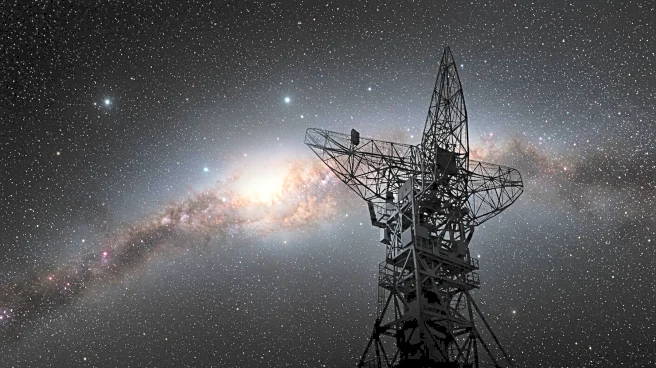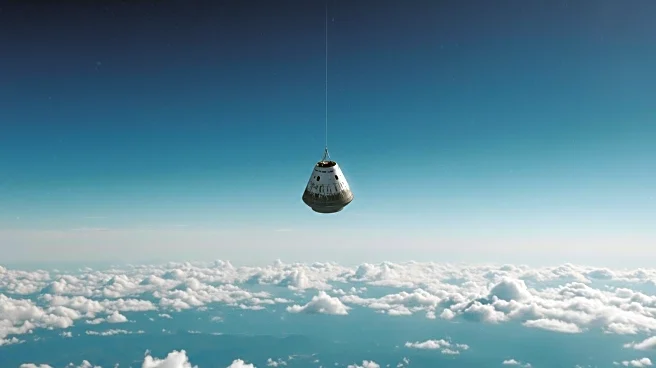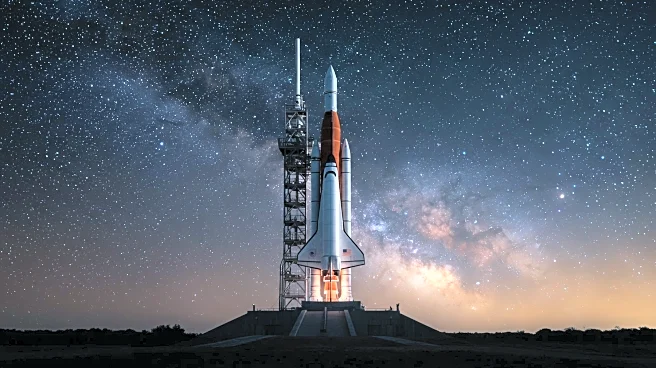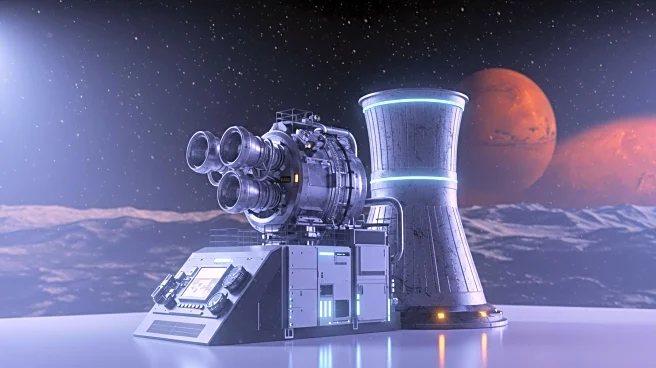Rapid Read • 7 min read
The United States Space Force has partnered with Gravitics, a Seattle-based startup, to develop an innovative spacecraft carrier platform known as the 'Orbital Carrier.' This project is supported by a SpaceWERX Strategic Funding Increase (STRATFI) award, which could provide up to $60 million in funding. The Orbital Carrier aims to serve as a pre-positioned launch platform within Earth's orbit, capable of deploying multiple maneuverable spacecraft. This development is intended to enhance the Space Force's ability to rapidly respond to satellite replacement or supplementation needs during critical missions. The carrier's orbital position eliminates typical ground-based scheduling and weather-related delays associated with traditional satellite launches. Although still in the developmental phase, the concept aligns with the Space Force's focus on tactically responsive space operations, aiming to reduce the time between identifying needs and deploying operational spacecraft. No public timeline for demonstration or deployment has been announced yet.
AD
The development of the Orbital Carrier represents a significant advancement in space operations, potentially transforming how the U.S. Space Force manages satellite deployment and maintenance. By having a carrier in orbit, the Space Force can bypass traditional launch constraints, offering a more agile and responsive approach to space missions. This capability is crucial for maintaining national security and technological superiority in space, especially as other nations continue to advance their space technologies. The partnership with Gravitics also highlights the growing role of private companies in supporting government space initiatives, fostering innovation and potentially accelerating the pace of technological development in the aerospace sector.
As the project progresses, stakeholders will likely focus on the technical challenges of developing and deploying the Orbital Carrier. The Space Force and Gravitics may need to address issues related to spacecraft design, orbital mechanics, and integration with existing satellite systems. Additionally, regulatory approvals and international considerations could play a role in shaping the project's trajectory. The successful implementation of this concept could lead to further collaborations between the military and private sector, potentially expanding the scope of space operations and enhancing the U.S.'s strategic capabilities in orbit.
AD
More Stories You Might Enjoy










